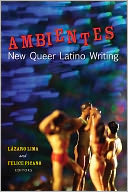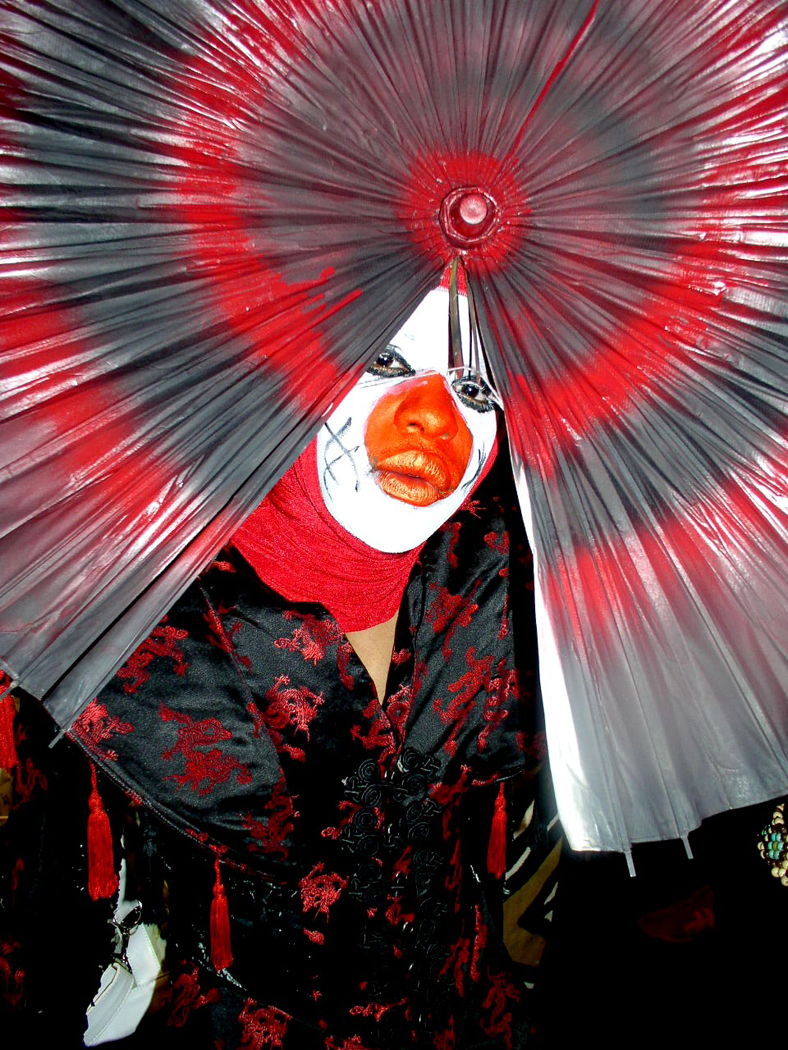BTW
Takes on news of the day.
More
Ambientes is a timely contribution at this point in history during which demographic shifts are literally changing the face of America. The stories in Ambientes provide a significant model for GLBT Latinos in the U.S.
MoreStonewall: The Riots That Sparked the Gay Revolution by David Carter St. Martin’s Press. 352 pages. $24.95 THE STONEWALL RIOTS of June 28 to July 3, 1969, following…More

ANYONE whose life was impacted in even a small way by the punk-feminist subculture known as Riot Grrrl will find it hard to read Sara Marcus’s thoroughly researched history of the movement and remain seated throughout. From its inception, traced here to 1989 and the creation of the band Bikini Kill, through the dissolution of most of its organizational hubs by 1996, Riot Grrrl existed in an emotionally amplified space. The fierce unity of the first small tribes that sprung up in Olympia, Washington, and Washington D.C. contrasts with the fire and fury at male privilege that inspired some of the movement’s finest work
More“DID HE BROWN YEH, Jimmy?” one young man asks another in Roddy Doyle’s popular novel The Commitments, referring to the local priest. “No,” Jimmy responds. “He just ran his fingers through me curly fellas.” The church has little effect on the unemployed young men in Doyle’s 1987 novel about a would-be soul band from north Dublin, which is the basis for Alan Parker’s 1991 film.
MoreDECLARING that she must distance herself “from this complicity with racism,” Judith Butler publicly rejected the 2010 Civil Courage Award at Berlin’s Gay Pride Celebrations, known in Germany as Christopher Street Day or CSD. This decision by one of today’s preeminent intellectuals provoked a scandal, but two factors prevented her statement from having its full effect: a reference to commercialism that sidetracked the mainstream press reception; and an insufficient explanation for the charge of racism.
More
COMPOSED PRIMARILY of African-American and Latino people, many or most of them transgendered, the House and Ball community is a system of “houses” that participate in competitive drag balls. Centered in New York City, the houses have names like Xtravaganza, Ninja, LaBeija, the Garavani, and so on, and are organized as “drag families” headed by a “house mother.” It’s a community that’s as amorphous, inclusive, and diverse as any other GLBT (or lgbtq, etc.) universe.
MoreLAST YEAR marked the thirtieth anniversary of the founding of the Radical Faeries. Since 1979, the Radical Faeries have developed into a vital international gay spirituality and consciousness movement. Along with the AIDS Quilt, the Radical Faeries is arguably the most important ongoing grassroots subculture in the GLBT world at large.
MoreBEAR IDENTITY is inked into my flesh now. I turned fifty in August 2009 and, rather than marking my minor midlife crisis with an affair (too complicated) or a fancy car (too expensive), I opted for a tattoo sleeve, which took months to complete. Among the many symbols of sufficient import to me to wear permanently on my skin is a bear paw, a big one covering the inside of my upper left arm. This visual identification with the gay bear subculture seems timely, for 2010 appears to be my Annus Ursi, Year of the Bear.
MoreIN JUNE 2010, the GLBT community is observing its 40th year of Pride. The first annual celebration of Gay Pride took place in New York a year after the Stonewall Riots of June 1969. Movement pioneer Craig Rodwell, who founded the Oscar Wilde Memorial Bookshop, took the lead in organizing the Christopher Street Liberation Day Committee (csldc) to commemorate the first anniversary of Stonewall. The celebration centered on the Christopher Street Liberation Day Parade, held in New York on June 28, 1970. Although they could not have known it at the time, the 1970 march would give rise to “GLBT Pride” worldwide, which millions celebrate each year.
More